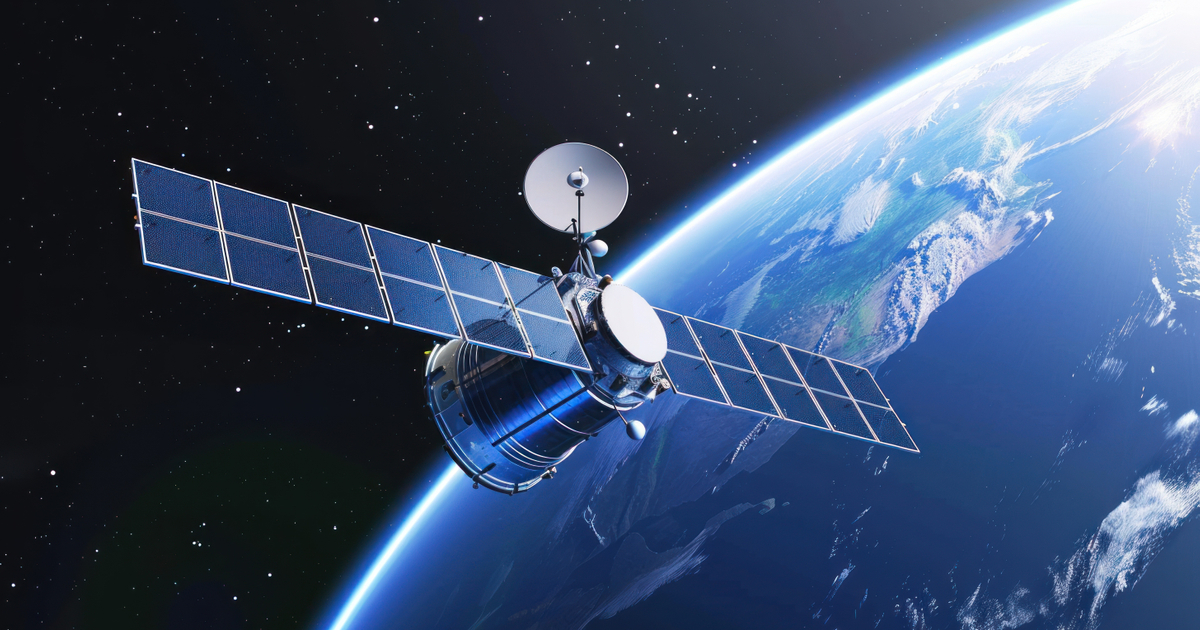Uranus Will Be Huge in November
November’s nighttime sky will be a treat for star-gazers. There’s a full lunar eclipse on the way, a couple of meteor showers, and the year’s best view of Uranus. Below are all the details, so you can plan your...


Photo: NASA images (Shutterstock)
November’s nighttime sky will be a treat for star-gazers. There’s a full lunar eclipse on the way, a couple of meteor showers, and the year’s best view of Uranus. Below are all the details, so you can plan your sky-watching schedule and manage your expectations.
November 4-5: Taurids Meteor Shower
The Taurids shower is an annual light show in which shooting stars are produced by dust from two separate sources: Asteroid 2004 TG10 and Comet 2P Encke. It sounds more impressive than it’s likely to look, though. It’s a minor storm in which we can expect to see five to 10 meteors per hour at its peak on Nov. 4, but the moon will be nearly full, so only the brightest meteors will be visible. For the best shot of seeing a couple meteors, look toward the constellation Taurus just after midnight—that’s where many of the meteors will seem to originate.
November 8: full Moon and full lunar eclipse
At around 6 a.m. on Nov. 8, the moon will be at its fullest. November 2022’s “Beaver Moon,” will be more than just full moon. It’ll be a “blood moon,” a full lunar eclipse in which the shadow of Earth will seem to bathe the Moon in a rusty red color. The blood moon will be visible across most of North America, and will reach its peak at around 6 a.m., when the moon is just getting ready to set.
November 9: Uranus shining brightly
On Nov. 9, the planet Uranus will be as close to Earth as it gets all year, with its face fully illuminated by the sun. Uranus is so big and bright this time of year, people with good vision might be able to see it without binoculars or a telescope, even with the nearly full moon shining. For best viewing, look eastward at around 2 a.m. on the ninth. The blue-green dot of Uranus should appear right near the star Pleiades in the Taurus constellation.
November 17-18: Leonid meteor shower
The Leonid meteor shower happens between Nov. 6 and 30, and can produce up to 15 meteors per hour at its peak. This year, the peak is going to be on the night of Nov. 17 and morning of the 18th, when the Earth is passing the middle of the trail of dust left by the comet Tempel-Tuttle. Leonid meteors are bright enough that the light from the moon won’t drown most of them out. They’re often colorful and sometimes unpredictable enough to surprise us with an exceptional show. For best viewing, look to the east for the constellation Leo, although meteors will be visible in other parts of the sky, too.
Every 33 years or so, the Leonid meteor shower goes batshit and becomes a meteor storm in which hundreds or even thousands of shooting stars can be seen per hour. The last Leonid “cyclonic peak” was in 2001, so mark your calendars for 2034.
November 23: new Moon
After all the excitement of meteor showers and a lunar eclipse, the calm of dark night sky with no visible Moon will give us all a chance to reset and rest. This month, the new moon happens on Nov. 23. The darkened sky makes the 23rd the perfect night to view more distant celestial objects like galaxies and star clusters.

 JimMin
JimMin 































